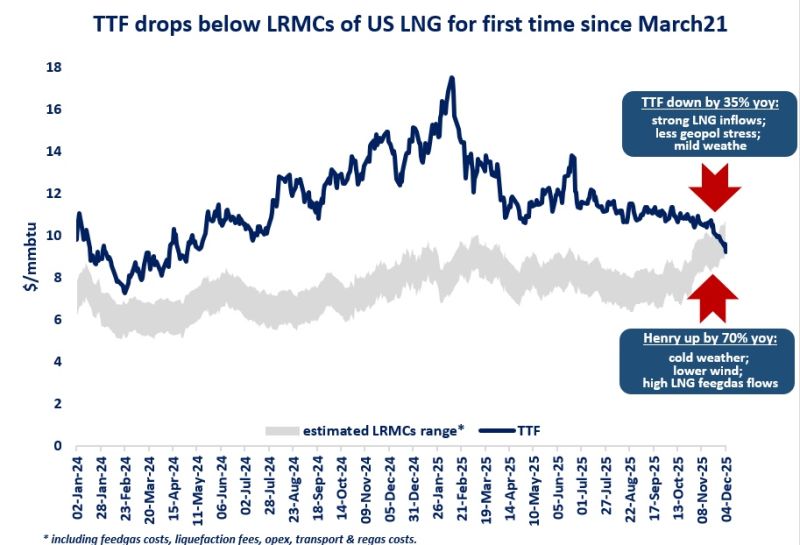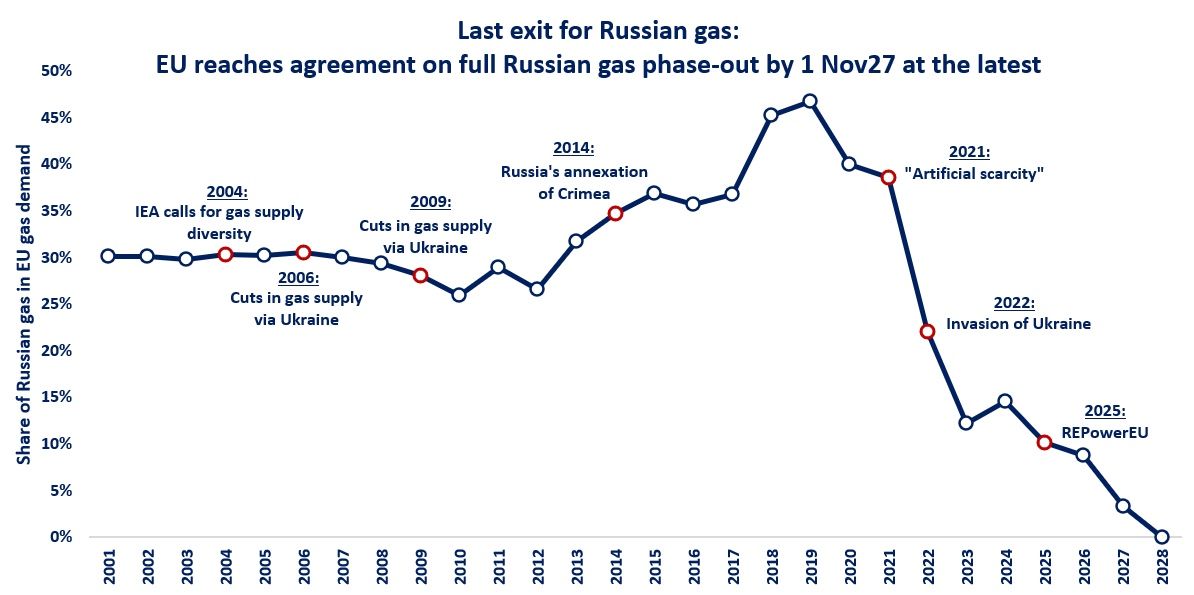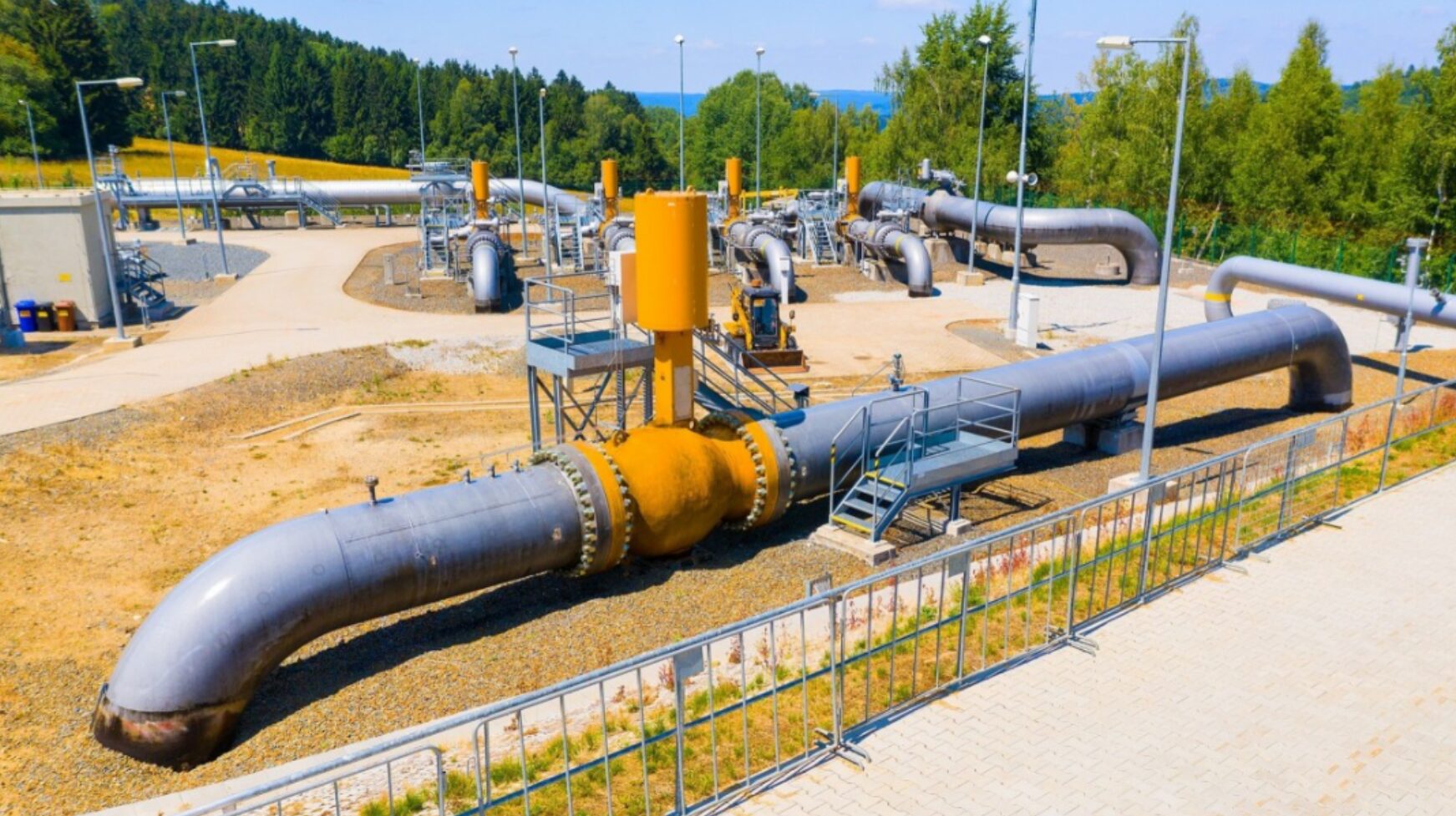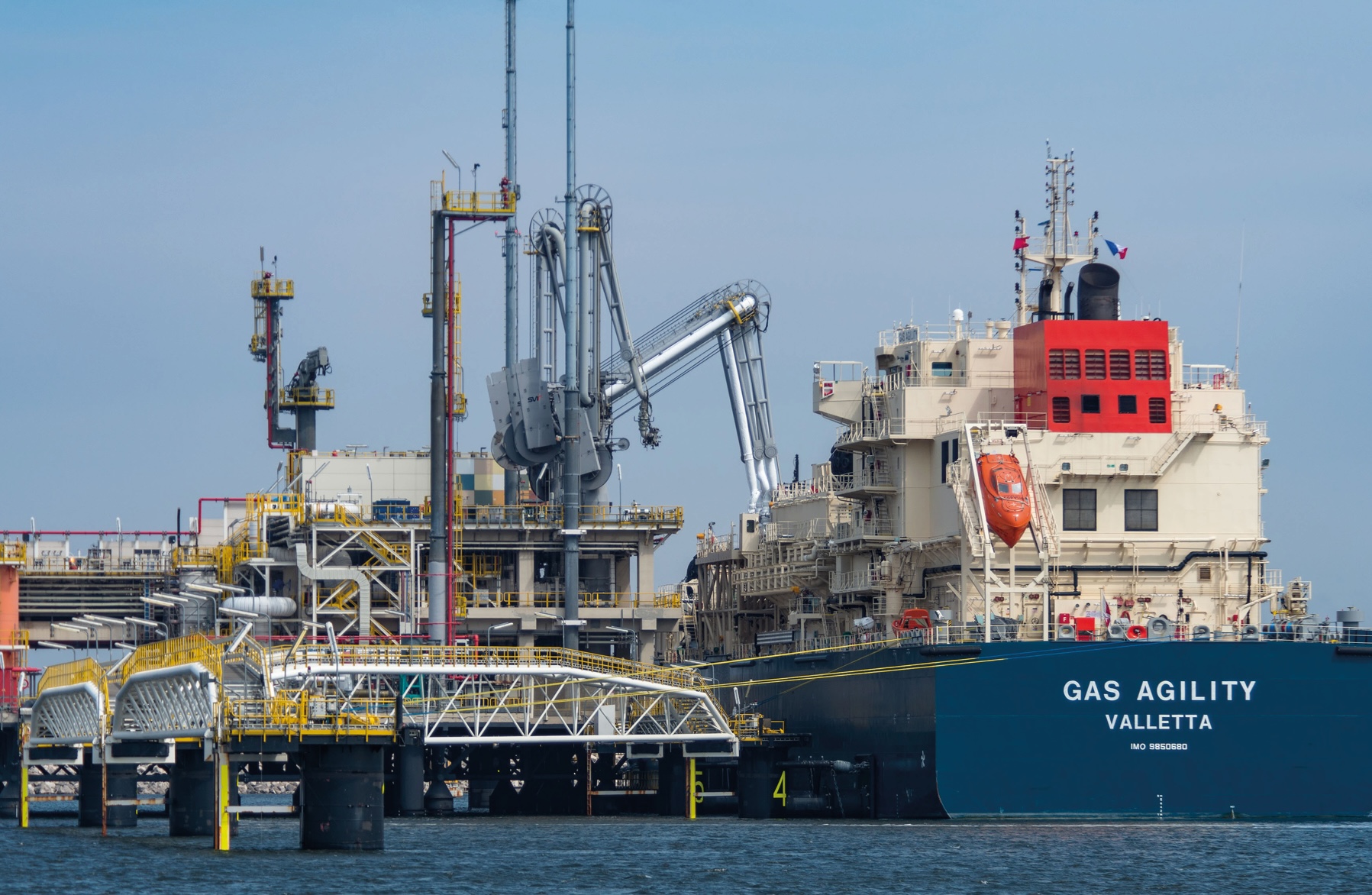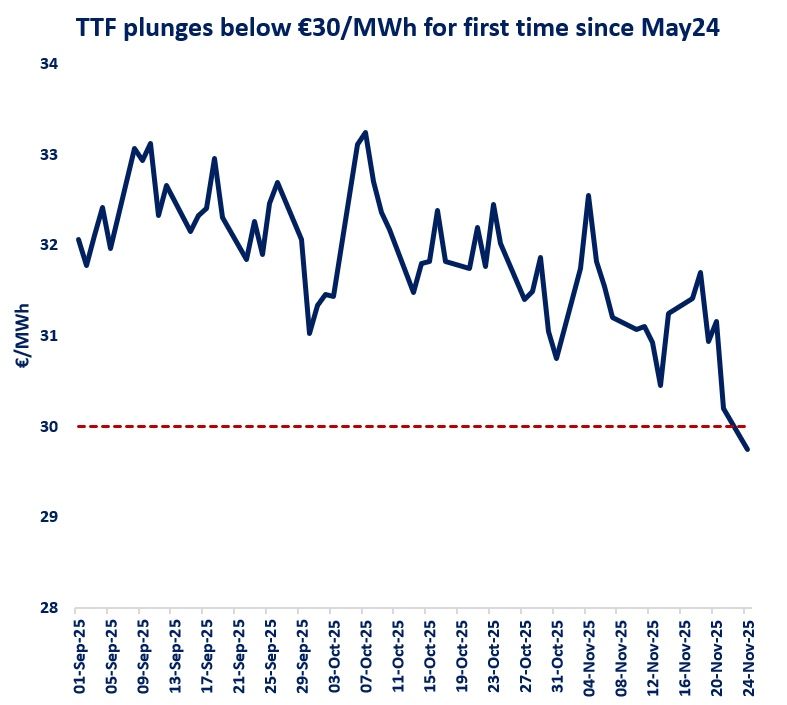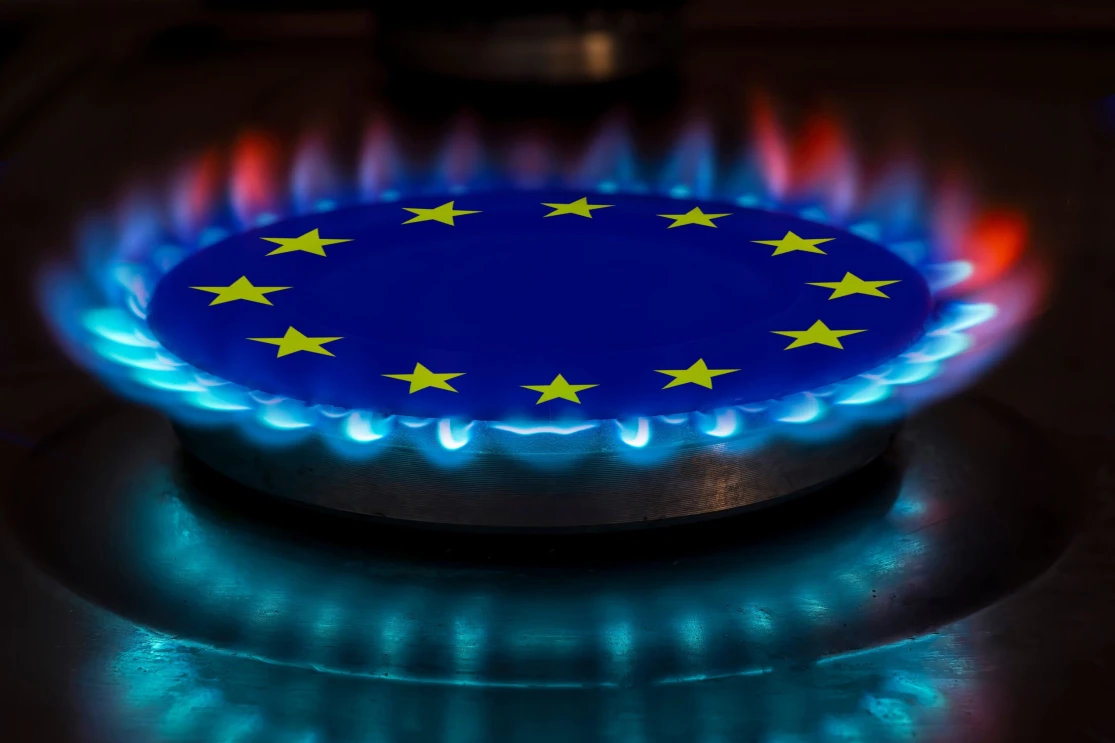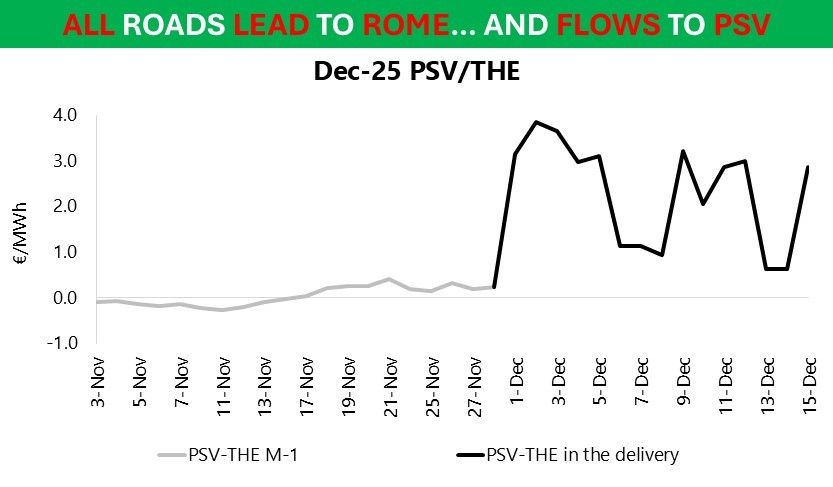
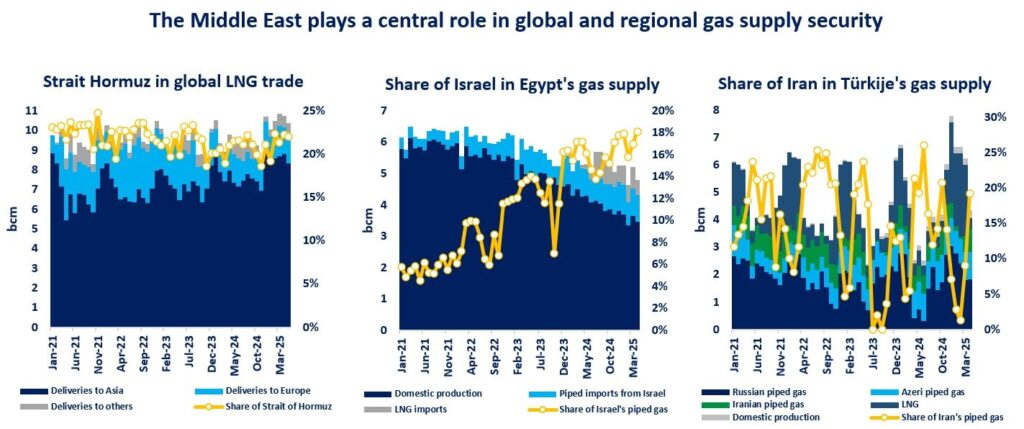
The unfortunate events unfolding in the Middle East are a stark reminder of the region’s central role for both regional and gas supply security.
South Pars or North Field is the world’s largest gas field, producing each year over 350 bcm of gas -more than the European Union’s annual gas consumption. South Pars accounts for around 70% of Iran’s gas supply, while the North Field fuels Qatar’s giant gas & LNG industry.
The Strait of Hormuz alone accounts for over one-fifth of global LNG trade, with around 110-120 bcm of gas in absolute terms. more than 85% of those volumes are destined to the Asian markets, including China, India, Pakistan and many others. the role of Hormuz is global LNG trade is set to increase in the coming years, with Qatar’s North Field expansion and UAE’s Ruwais LNG export plant.
And Israel became a gas powerhouse in recent years, with the country’s gas production tripling since 2018. the boom in domestic production led to a ramp-up of piped gas supplies to Jordan and Egypt. today, Israel accounts for more than 15% of Egypt’s gas supply and this share is set to increase with Egypt’s mounting upstream deliverability issues.
Iran is a key gas supplier to Iraq, with the most recent agreement increasing exports up to 18 bcm/y -although upstream deliverability might be an issue. in addition, Iran is an important supplier supplier to Türkiye, accounting for 10-15% of the country’s primary gas supply and more recently swapping Turkmen gas to Türkiye.
Of course, the Middle East is much more than an energy giant: it is an incredible place, with an extremely culture, history and with some of the most talented, respectful people who deserve peace and prosperity.
Source: Greg Molnar

